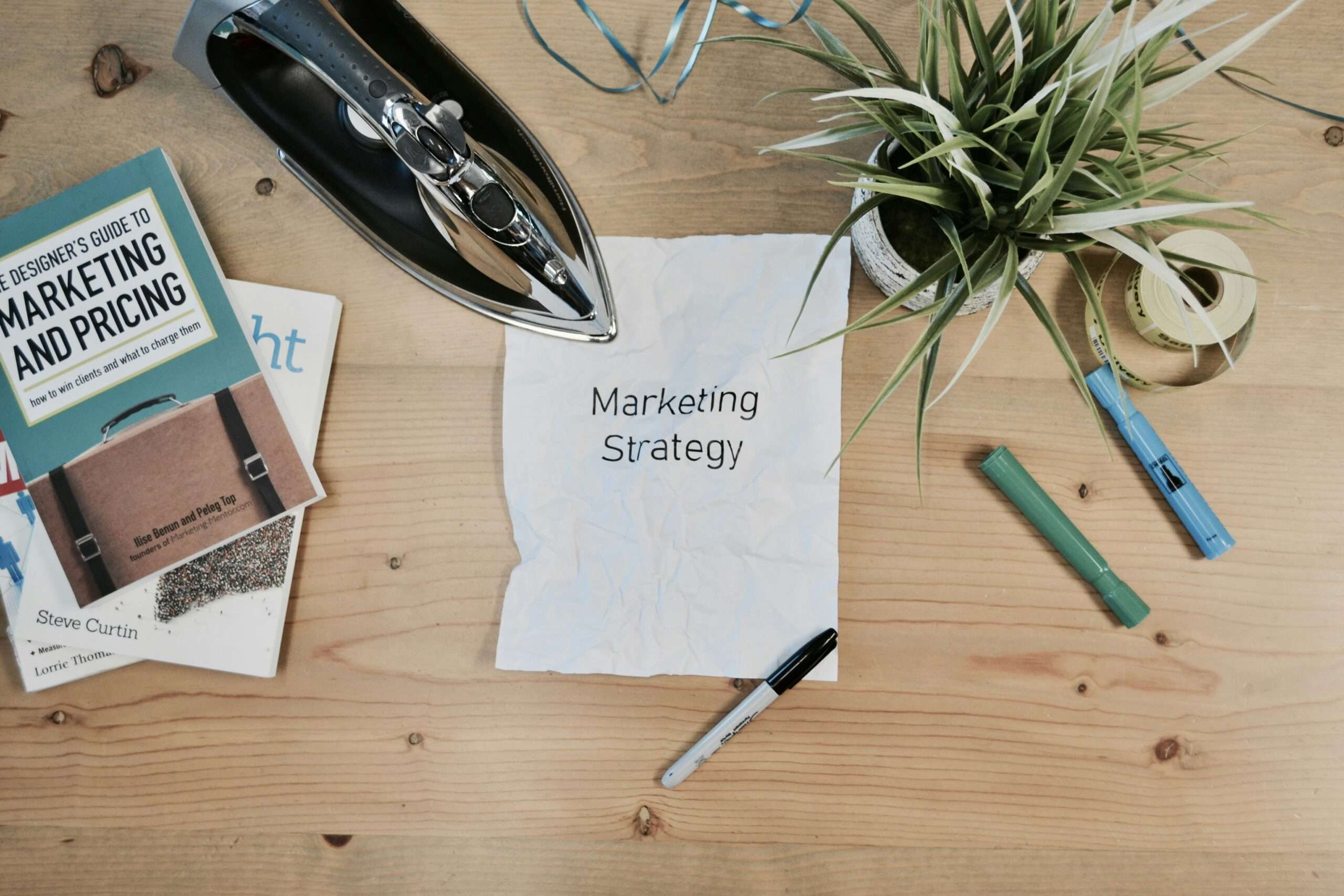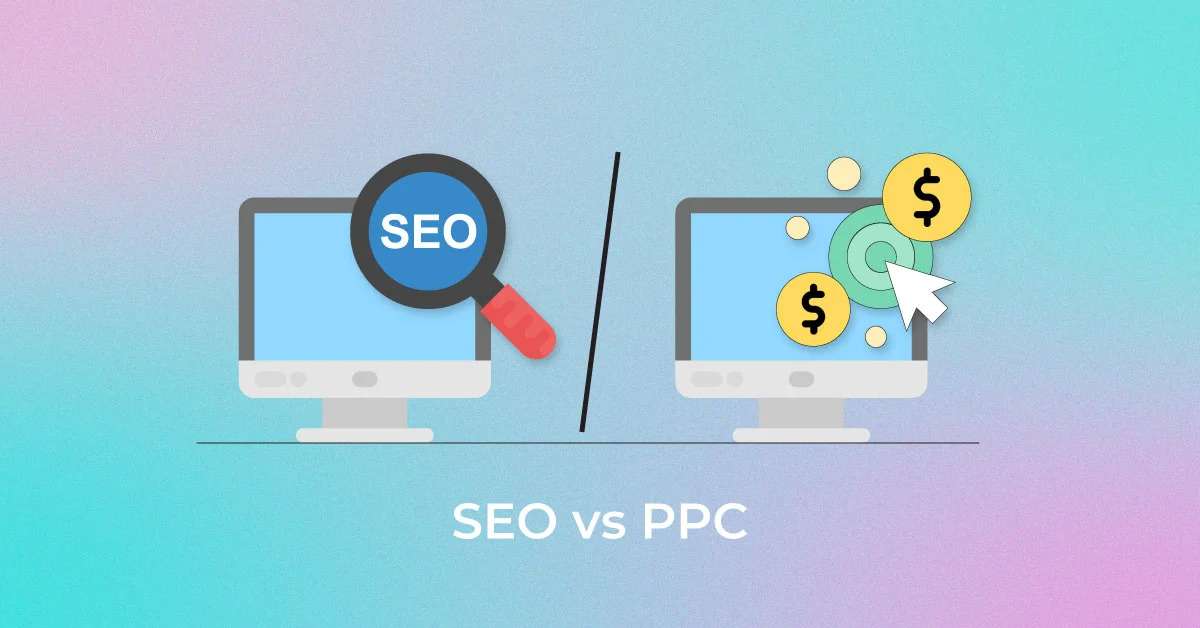Email marketing is one of the most effective and affordable ways to communicate with your customers and prospects. It allows you to deliver personalized and relevant messages to increase brand awareness, loyalty, and revenue. According to a study by DMA, email marketing can generate an average return of $42 for every $1 spent. That’s a whopping, 4200% ROI!
But how do you ensure that your emails are engaging and not annoying? How do you stand out and get your subscribers to open, read, and act on your emails? How do you measure and improve your email marketing performance?
In this article, we will share with you four ways to increase customer engagement through email marketing based on the best practices from the experts. We will also provide some examples and tips to help you implement these strategies in your campaigns. By the end of this article, you will be able to:
- Personalize your messages for better engagement
- Segment your email list and target different audiences
- Write catchy subject lines and compelling calls-to-action
- Experiment with varying strategies of email and measure the results
Let’s get started!
How to personalize your messages for better engagement
Personalization is the key to email marketing success. It means using your CRM data to create customized subject lines and messages that address each customer’s name, preferences, interests, and needs. Personalization can make your emails more relevant, appealing, and trustworthy. It can also improve your open rates and conversions.
For example, a study by Campaign Monitor found that emails with personalized subject lines are 26% more likely to be opened than those without. Another study by Experian found that personalized emails can deliver six times higher transaction rates than non-personalized ones.
So how do you personalize your emails? Here are some tips:
- Use your subscriber’s name in the subject line and the greeting. This can make your email more friendly and human.
- Use dynamic content to show different offers, content, or calls to action based on each subscriber’s behavior, purchase history, or profile. For example, you can send a birthday email with a particular discount or a cart abandonment email with a reminder of the items left behind.
- Use merge tags to insert relevant information from your CRM data into your email. For example, you can include the subscriber’s location, company name, or product name.
- Use personal pronouns such as “you” or “your” to make your email more conversational and engaging.
Here are some examples of personalized emails:
[Personalized email example 1]
This email from Spotify uses the subscriber’s name in the subject line and the greeting. It also uses dynamic content to show the subscriber’s listening habits and preferences. It also includes a call-to-action to invite subscribers to share their playlists on social media.
[Personalized email example 2]
This email from Airbnb uses merge tags to insert the subscriber’s location and travel dates into the subject line and the message. It also uses dynamic content to show relevant listings based on the subscriber’s search criteria. It also includes a call-to-action to encourage the subscriber to book a place.
Key takeaways:
- Personalization can increase your open rates and conversions by making your emails more relevant, appealing, and trustworthy.
- You can personalize your emails using your CRM data to create customized subject lines and messages that address customers’ names, preferences, interests, and needs.
- You can use tools such as dynamic content, merge tags, and personal pronouns to personalize your emails.
How to segment your email list and target different audiences
Segmentation is another way to increase customer engagement through email marketing services. It means dividing your email list into smaller groups based on different criteria, such as location, purchase history, behavior, or demographics. Segmentation can help you tailor your messages to each group with relevant offers, content, and calls to action. Segmentation can also increase your relevance and revenue.
For example, a study by Mailchimp found that segmented campaigns have 14.31% higher open rates and 100.95% higher click-through rates than non-segmented ones. Another study by Marketing Sherpa found that segmented campaigns can increase revenue by 760%.
So how do you segment your email list? Here are some tips:
- Use sign-up forms or surveys to collect information from your subscribers, such as their names, email addresses, locations, interests, or preferences.
- Use analytics tools or CRM software to track and analyze your subscribers’ behavior, such as their website visits, purchases, clicks, or opens.
- Use segmentation tools or features in your email marketing platform to create segments based on the information you collected or analyzed.
- Use automation tools or workflows to send targeted emails to each segment based on their actions or triggers. For example, you can send a welcome email to new subscribers, a re-engagement email to inactive subscribers, or a loyalty email to repeat customers.
Here are some examples of segmented emails:
[Segmented email example 1]
This email from Sephora uses segmentation to target subscribers who have recently purchased a product from their website. It uses dynamic content to show the product name, image, and rating. It also includes a call-to-action to invite subscribers to write reviews and earn points.
[Segmented email example 2]
This email from JetBlue uses segmentation to target subscribers who live in New York and are interested in travelling to Florida. It uses dynamic content to show flight deals, destinations, and dates. It also includes a call-to-action to encourage the subscriber to book a flight.
Key takeaways:
- Segmentation can increase your relevance and revenue by tailoring your messages to each group with relevant offers, content, and calls to action.
- You can segment your email list by collecting and analyzing information from your subscribers, such as their location, purchase history, behavior, or demographics.
- You can use sign-up forms, analytics, segmentation, and automation to segment your email list and send targeted emails.
How to write catchy subject lines and compelling calls-to-action
Subject lines and calls-to-action are two of the most critical elements of your email marketing. They can determine whether your subscribers will open your email and take the desired action. They can also influence your click-through rates and sales.
For example, a study by CoSchedule found that 35% of email recipients open emails based on the subject line alone. Another survey by WordStream found that emails with a single call-to-action increased clicks by 371% and sales by, 1617%.
So how do you write catchy subject lines and compelling calls to action? Here are some tips:
- Use powerful words that evoke emotion, curiosity, urgency, or benefit. For example, words like “free,” “guaranteed,” “limited,” “new,” “secret,” or “ultimate.”
- Use numbers or statistics that make your email more specific, credible, or appealing. For example, numbers like “3”, “10”, “50%”, or “1000”.
- Use questions or challenges that engage your subscribers and make them want to know more. For example, questions like “Do you want to save money?”, “How do you compare to your competitors?” or “Can you pass this quiz?”.
- Use clear, concise language communicating your value proposition and your call to action. Avoid using jargon, slang, or vague terms. Use action verbs that tell your subscribers what to do next. For example, verbs like “buy,” “download,” “join,” or “subscribe.”
- Use personalization and segmentation to make your subject lines and calls-to-action more relevant and appealing to each subscriber. Create customized messages using their name, location, interests, or behavior.
Here are some examples of catchy subject lines and compelling calls to action:
[Catchy subject line and call-to-action example 1]
This email from Uber uses a power word (“free”), a number (“$20”), and a question (“Need a ride?”) to create a catchy subject line that evokes curiosity and benefit. It also uses a clear and concise call-to-action (“Get $20 off your first ride”) that communicates the value proposition and the action.
[Catchy subject line and call-to-action example 2]
This email from Netflix uses a power word (“new”), a number (“3”), and a challenge (“Ready for something new?”) to create a catchy subject line that evokes emotion and curiosity. It also uses a clear and concise call-to-action (“Watch now”) that communicates the value proposition and the action.
Key takeaways:
- Subject lines and calls-to-action can determine whether subscribers will open your email and take the desired action. They can also influence your click-through rates and sales.
- You can write catchy subject lines and compelling calls to action using powerful words, numbers, questions, challenges, explicit language, personalization, and segmentation.
- You can use tools such as CoSchedule’s Headline Analyzer or WordStream‘s Call-to-Action Generator to help you write better subject lines and calls-to-action.
How to experiment with different email strategies and measure the results
Experimentation is the last way to increase customer engagement through email marketing. It means testing different elements of your email campaigns, such as design, layout, copy, timing, frequency, or tone. Experimentation can help you optimize your email marketing and increase customer engagement.
For example, a study by HubSpot found that A/B testing can improve email click-through rates by 28.5%. Another study by Campaign Monitor found that A/B testing can improve email conversion rates by 49%.
How do you experiment with different email strategies and measure the results? Here are some tips:
- Use A/B testing tools or features in your email marketing platform to create different versions of your email campaigns. For example, you can test other subject lines, images, colors, or buttons.
- Use analytics tools or features in your email marketing platform to measure the performance of each version. For example, you can track and compare each version’s open rates, click-through rates, conversion rates, or revenue.
- Use statistical tools or methods to determine the significance and validity of your results. For example, you can use a confidence level, a margin of error, or a p-value to decide which version is the winner.
- Use the insights and learnings from your experiments to improve your future email campaigns. For example, you can apply the best practices from the winning version to your other emails.
Here are some examples of A/B tested emails:
[A/B tried email example 1]
This email from Grammarly uses A/B testing to test two subject lines: “How to write a killer resume” and “The secret to writing a resume that gets you hired.” The first subject line had a 7.6% higher open rate than the second one.
[A/B tested email example 2]
This email from Unbounce uses A/B testing to test two different images: a screenshot of their landing page builder and a video of their customer testimonial. The video image had a 12.5% higher click-through rate than the screenshot image.
Key takeaways:
- Experimentation can help you optimize your email marketing and increase customer engagement by testing different elements of your email campaigns.
- You can experiment with varying strategies of email using A/B testing, analytics, and statistical tools or features in your email marketing platform.
- You can use the insights and learnings from your experiments to improve your future email campaigns.
Conclusion
Email marketing is a powerful tool to drive customer engagement. It can help you communicate with your customers and prospects in a personalized and relevant way. It can also help you increase your brand awareness, loyalty, and revenue.
In this article, we have shared with you four ways to increase customer engagement through email marketing:
- Personalize your messages for better engagement.
- Segment your email list and target different audiences.
- Write catchy subject lines and compelling calls-to-action
- Experiment with different email strategies and measure the results
We hope this article has given you useful tips and examples to help you create engaging emails that get results. If you want to learn more about email marketing or get help with your campaigns, please get in touch with us today. We are here to help you grow your business with email marketing. 😊
Thank you for reading this article, and happy emailing! 💌










